In a dramatic turn of events that sent shockwaves through global financial markets, President Donald Trump announced a 90-day pause on the “reciprocal” tariffs that had just taken effect on Wednesday. This decision, which excludes China, marks a significant shift from Trump’s previous stance that high tariffs were here to stay. The announcement came as a relief to Wall Street, which had been on edge, anxiously awaiting any sign that Trump might soften his approach to tariffs. The immediate impact was a historic rally in US stocks, with the Dow Jones Industrial Average surging 2,963 points, or 7.87%, the S&P 500 rising 9.52%, and the tech-heavy Nasdaq Composite soaring 12.16%. This marked the best day for the S&P 500 since October 2008 and the third-best day for the index since its modern-day version was formed in 1957. The Nasdaq posted its best day since January 2001 and its second-best day in its history, while the Dow had its best day in five years.
The Market’s Euphoric Response
The market’s upward surge was nothing short of violent, reflecting the intense relief investors felt after weeks of uncertainty and volatility. Chris Brigati, chief investment officer at SWBC, an investment firm in San Antonio, Texas, noted, “The market’s move upward is violent, and speaks to how badly the market was looking for clarity on this issue.” The positive shift was widespread, with nearly every single company in the S&P 500 posting gains. Major companies like Amazon (AMZN) rose 11.98%, Nike (NKE) gained 11.36%, United Airlines (UAL) soared 26.14%, Delta Air Lines (DAL) surged 23.38%, and American Airlines (AAL) surged 22.6%. On the Nasdaq, Apple (AAPL) surged 15.33%, Nvidia (NVDA) rose 18.72%, Palantir (PLTR) gained 19%, and Tesla (TSLA) surged 22.69%.
Despite the massive rally, the S&P 500 is still down more than 3.7% from its close on April 2, right before Trump initially announced his “reciprocal” tariffs. The Nasdaq is still 2.7% down from its close on April 2. Before the upward swing, the S&P 500 had been on the precipice of bear market territory, coming close to a stunningly rapid drop of 20% from the all-time high it hit just seven weeks ago on February 19. The S&P closed down 11.2% from its record high in February.
The Lingering Uncertainty
Despite the market rally, uncertainty remains as Trump still escalated the trade war with China, raising its tariff rates to 125% from 104%. Additionally, universal duties of 10% remain on all US imports alongside the targeted, sectoral tariffs on autos. While Wall Street breathed a sigh of relief as markets rallied, investors are not necessarily in the clear. “Trump illustrated to everyone in the market today how incredibly difficult it is to trade around his tariff regime, because he and only he knows when it ends,” said Jamie Cox, managing partner at Harris Financial Group.
Just after the opening bell on Wednesday, Trump posted on his social media platform Truth Social: “BE COOL!” and “This is a great time to buy!!!” In an exchange with Alayna Treene on Wednesday, Trump declined to say if the markets were ultimately what prompted his reversal on tariffs. “The markets right now are extremely good,” he said. US stocks initially had a mixed start to the day after China announced significant retaliation and the European Union announced countermeasures against Trump’s reciprocal tariffs that had gone into effect earlier in the day. However, markets surged after Trump announced that all countries—besides China—subjected to reciprocal tariff rates would see rates go back down to the universal 10% rate. China, an extreme outlier, now faces a US tariff of at least 125%, compounding the new tariffs with ones already in place.
The Global Market Reaction
Fear has gripped investors across the world as the escalating trade war threatens to throw the global and US economies into a recession this year. Businesses and consumers will end up footing tariff bills, and uncertainty has led to a slowdown in hiring and consumer spending. Earlier in the day, global markets had fallen. Japan’s Nikkei index closed 4% down, while Hong Kong’s Hang Seng finished marginally higher. On Monday, the Hang Seng tanked in a 13% rout—the biggest daily decline for the index since the 1997 Asian financial crisis. South Korea’s benchmark Kospi index headed into bear market territory on Wednesday, a decline of 20% from a recent peak, after the country announced $1.3 billion in emergency support measures for its auto industry as it seeks to mitigate the impact of the Trump administration’s tariffs. The index closed down 1.7%, falling about 20% from a peak reached in July 2024. Markets in Taiwan also fell sharply. The Shanghai stock market closed more than 1% higher, an outlier in a sea of red in Asia on Wednesday. In Europe, the region’s benchmark STOXX 600 index fell 3.5%. France’s CAC index was down 3.34% and Germany’s DAX was 3% lower. London’s FTSE 100 index was 2.92% lower.
The Oil and Bond Markets
US oil reversed course and gained Wednesday after tumbling earlier in the day. US oil gained 4.65% to $62.35 a barrel after it had tumbled as low as $57 a barrel. The global benchmark Brent crude gained 4.23% to $65.48 a barrel, reversing course after it had briefly fallen below $60 a barrel. Both had hit their lowest level since 2021 before surging higher after Trump’s announcement. Oil prices had plunged as investors feared a potential global recession could sap demand for travel, transportation, and shipping—all of which require fuel. Investors have poured money into some traditional safe-havens, such as gold. Gold spot prices rose more than 3%. But, curiously, US Treasury yields have risen in recent days as investors have largely sold off bonds. The benchmark 10-year yield, which fell below 4% earlier in the week, is now above 4.3%. Bonds were volatile on Wednesday, with yields coming down slightly from their intraday high but settling above recent sessions. Bonds yields and prices trade in opposite directions. Typically, in times of crisis, investors pour money into longer-term bonds in hopes that the short-term market problems are solved in the long run. But the bond market, like the stock market, has been shaken by extreme volatility in recent days, and some investors are heading for the exits.
Trump told reporters Wednesday he was watching volatility in the bond market in recent days, appearing to indicate that it was among the factors that led to his decision to institute a 90-day pause on some tariffs. “I was watching the bond market. The bond market is very tricky. I was watching it. But if you look at it now, it’s beautiful. The bond market right now is beautiful. But yeah, I saw last night where people were getting a little queasy,” he said. Deutsche Bank analysts on Wednesday said the mass exodus from Treasury bonds may signal weakening demand for US-backed assets—traditionally viewed as the gold standard for safety, because it has the backing of the US government. But in a trade war, investors may be fearful that America could lose its special standing in the world—an opinion echoed by JPMorgan CEO Jamie Dimon in his shareholder letter earlier this week. And foreign governments negotiating with Trump on trade may threaten to sell off their massive Treasury hoards, hurting America’s ability to borrow money to pay for its significant budget deficit.
The US Dollar and Volatility Index
The US dollar index, which measures the dollar’s strength against six foreign currencies, pared its losses after initially sliding on Wednesday. The dollar has broadly weakened this year—a potential warning sign about waning investor confidence in the United States. The CBOE volatility index, also known as the “VIX” and Wall Street’s “fear gauge,” sank 35.75% after Trump’s announcement of a pause on most reciprocal tariffs, reflecting easing jitters among traders. The VIX Wednesday morning had briefly surpassed 50 points—a level associated with extreme volatility—before sinking in the afternoon to just above 33 points. The index had closed above 50 on Tuesday, a level reached only twice before this week: during the early stages of the Covid pandemic in March and April 2020 and the 2008-2009 financial crisis that brought on the so-called Great Recession. The VIX is perhaps the best-known measure of market sentiment. It measures expected price fluctuations or volatility in the S&P 500 Index options over the next 30 days. The VIX often surges on days when the broader market sinks—and rallies when stocks rise. But over time, the VIX
tends to be lower in bull markets and higher when the bears are in control. Volatility works in both directions, and this week is a good example. The market bounced and tanked and surged as news—and even some fake news Monday—about Trump’s potential plans for tariffs made its way through Wall Street.
A Fragile Optimism Amid Lingering Uncertainty
While Trump’s announcement of a pause on most reciprocal tariffs was welcome news for investors, the lingering uncertainty of a trade war with China and the potential for further economic volatility means that the markets remain on edge. “The US and China are now locked into a trade war without either likely to back down at the moment,” Susannah Streeter, head of money and markets at Hargreaves Lansdown, noted. “What you’re seeing in investors being extremely skittish which is why (there are) big fluctuations.” As the global economy navigates these turbulent waters, the need for clear communication and strategic negotiations becomes increasingly critical. The coming months will be crucial in determining the long-term impact of these policies on the US economy and its global trade relationships.
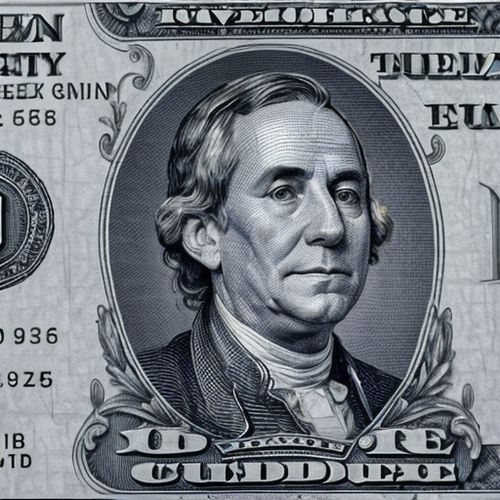
By Samuel Cooper/Apr 10, 2025

By Noah Bell/Apr 10, 2025
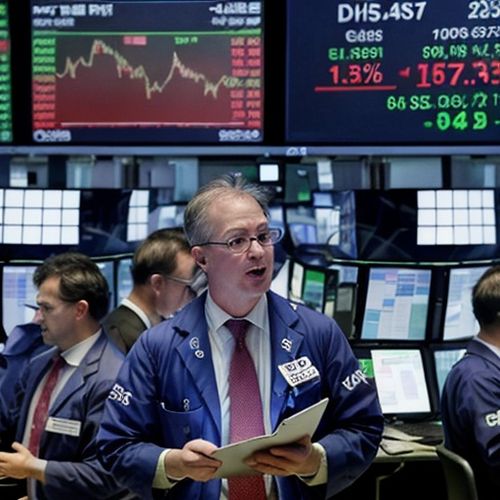
By Sarah Davis/Apr 10, 2025
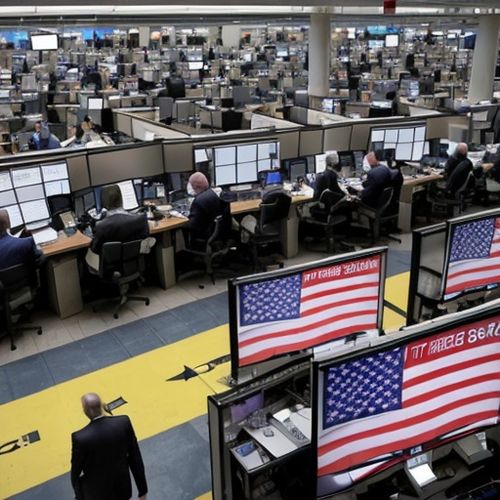
By Noah Bell/Apr 10, 2025
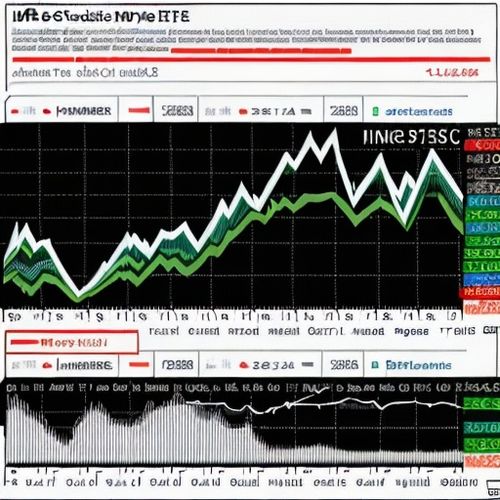
By Rebecca Stewart/Apr 10, 2025
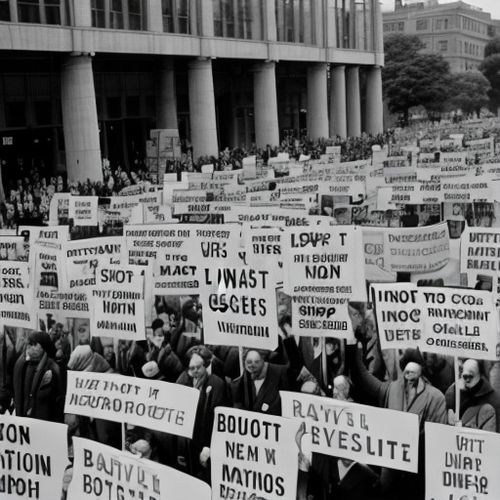
By Lily Simpson/Apr 10, 2025
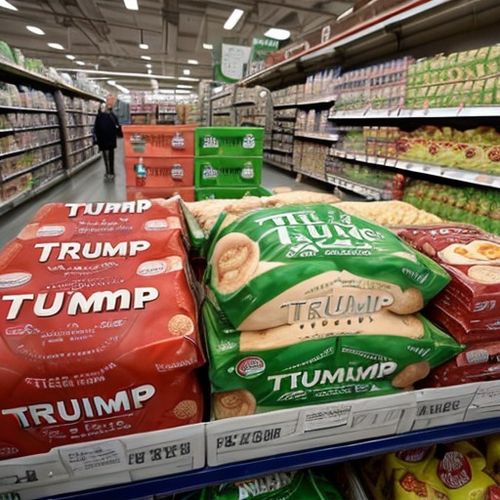
By Christopher Harris/Apr 10, 2025
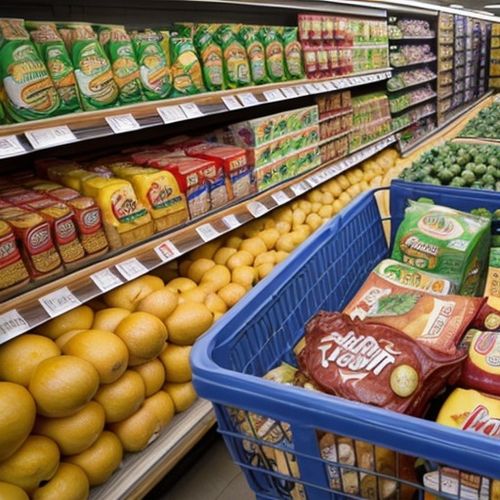
By Emma Thompson/Apr 10, 2025

By Olivia Reed/Apr 10, 2025
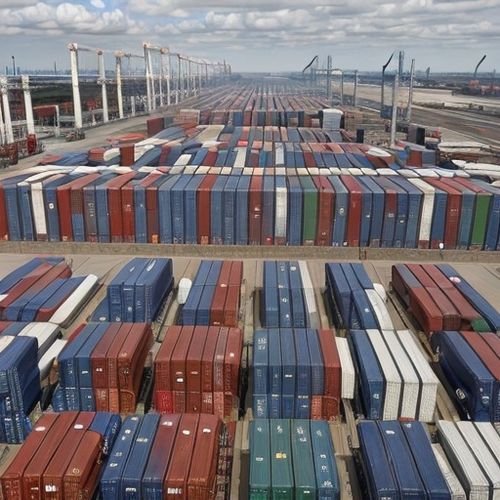
By Eric Ward/Apr 10, 2025
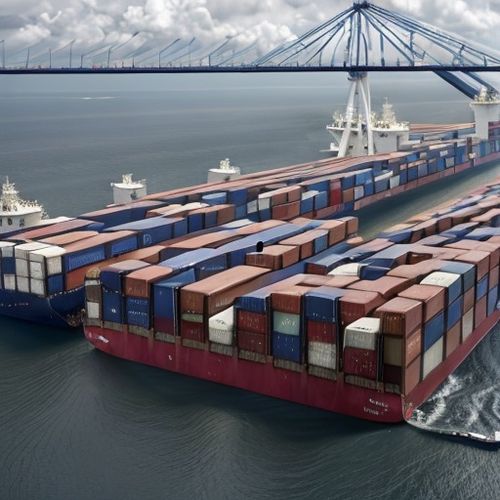
By Victoria Gonzalez/Apr 10, 2025

By Jessica Lee/Apr 10, 2025

By Sophia Lewis/Apr 10, 2025
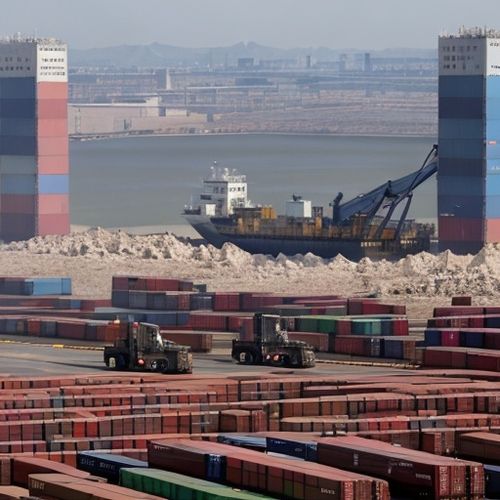
By Eric Ward/Apr 10, 2025
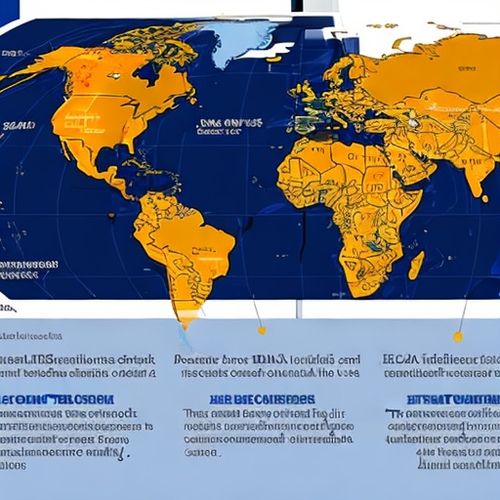
By William Miller/Apr 10, 2025

By James Moore/Apr 10, 2025